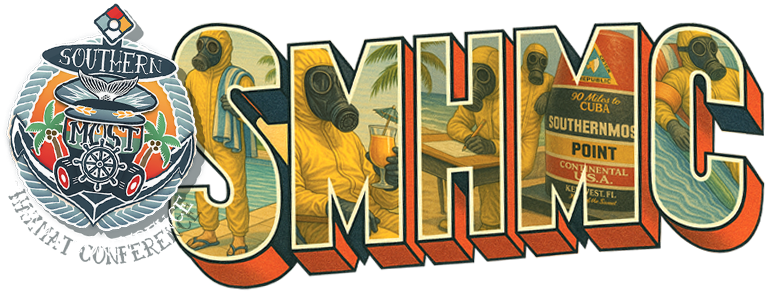Time limit: 0
Quiz Summary
0 of 40 Questions completed
Questions:
Information
You have already completed the quiz before. Hence you can not start it again.
Quiz is loading…
You must sign in or sign up to start the quiz.
You must first complete the following:
Results
Quiz complete. Results are being recorded.
Results
0 of 40 Questions answered correctly
Your time:
Time has elapsed
You have reached 0 of 0 point(s), (0)
Earned Point(s): 0 of 0, (0)
0 Essay(s) Pending (Possible Point(s): 0)
Categories
- Not categorized 0%
- Review
- Answered
- Correct
- Incorrect
-
Question 1 of 40
1. Question
CorrectIncorrect -
Question 2 of 40
2. Question
CorrectIncorrect -
Question 3 of 40
3. Question
CorrectIncorrect -
Question 4 of 40
4. Question
CorrectIncorrect -
Question 5 of 40
5. Question
CorrectIncorrect -
Question 6 of 40
6. Question
CorrectIncorrect -
Question 7 of 40
7. Question
CorrectIncorrect -
Question 8 of 40
8. Question
CorrectIncorrect -
Question 9 of 40
9. Question
CorrectIncorrect -
Question 10 of 40
10. Question
CorrectIncorrect -
Question 11 of 40
11. Question
CorrectIncorrect -
Question 12 of 40
12. Question
CorrectIncorrect -
Question 13 of 40
13. Question
CorrectIncorrect -
Question 14 of 40
14. Question
CorrectIncorrect -
Question 15 of 40
15. Question
CorrectIncorrect -
Question 16 of 40
16. Question
CorrectIncorrect -
Question 17 of 40
17. Question
CorrectIncorrect -
Question 18 of 40
18. Question
CorrectIncorrect -
Question 19 of 40
19. Question
CorrectIncorrect -
Question 20 of 40
20. Question
CorrectIncorrect -
Question 21 of 40
21. Question
CorrectIncorrect -
Question 22 of 40
22. Question
CorrectIncorrect -
Question 23 of 40
23. Question
CorrectIncorrect -
Question 24 of 40
24. Question
CorrectIncorrect -
Question 25 of 40
25. Question
CorrectIncorrect -
Question 26 of 40
26. Question
CorrectIncorrect -
Question 27 of 40
27. Question
CorrectIncorrect -
Question 28 of 40
28. Question
CorrectIncorrect -
Question 29 of 40
29. Question
CorrectIncorrect -
Question 30 of 40
30. Question
CorrectIncorrect -
Question 31 of 40
31. Question
CorrectIncorrect -
Question 32 of 40
32. Question
CorrectIncorrect -
Question 33 of 40
33. Question
CorrectIncorrect -
Question 34 of 40
34. Question
CorrectIncorrect -
Question 35 of 40
35. Question
CorrectIncorrect -
Question 36 of 40
36. Question
CorrectIncorrect -
Question 37 of 40
37. Question
CorrectIncorrect -
Question 38 of 40
38. Question
CorrectIncorrect -
Question 39 of 40
39. Question
CorrectIncorrect -
Question 40 of 40
40. Question
CorrectIncorrect


